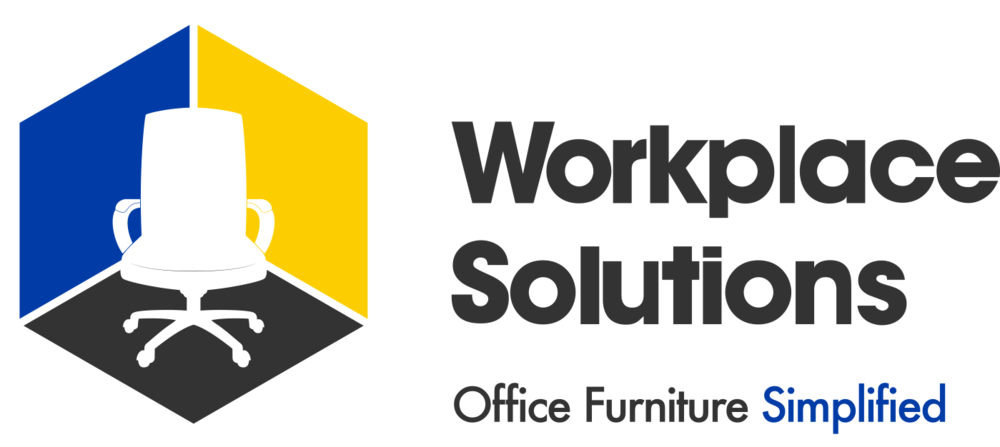Original article by FastCompany
In the years since the pandemic’s onset, the office has remained the lingering unanswered question. If and when the office would be needed is still unclear for many companies, and top minds are still figuring out how to design an office workers actually want to come back to. Office buildings themselves are in existential crisis, with many on the verge of obsolescence and cities scrambling to find something to take their place. It’s been a challenging few years for offices writ large, which has left many in the design and commercial real estate business struggling to roll with the punches.
In 2024, designers and developers will start to be less reactive to uncertainty and more proactive about how they can reframe the situation. That’s one of the main takeaways from the 2024 Design Forecast from Gensler, the global architecture and design firm. The report calls out eight major trends it sees taking shape over the next year, plus dozens of sub-trends that are specific to certain types of buildings. Some of the big trends include growth in multigenerational developments, a more diverse array of offerings in suddenly business-light central business districts, and an embrace of AI and emerging design tools.
As one of the world’s biggest and busiest design companies, with 53 offices around the world and hundreds of projects currently underway, Gensler is well positioned to prognosticate on the direction architecture is headed. And with plenty of office projects now in the works, the company also can make a very educated guess about where the workplace is going.
The office figures into Gensler’s forecasted trends in a variety of ways, including the growing need for offices to be compelling destinations, the role new types of offices will need to play in mixed-use districts, and the potential for finding new uses for offices people no longer want. In a recent interview, Gensler’s incoming co-CEOs Julia Simet and Jordan Goldstein noted that both in the U.S. and around the world, offices are being reconsidered at a scale not seen in decades.
Conversions will be a major part of this reconsideration. Gensler was on the early edge of the move to convert vacant office into housing, and the firm expects to see more of these projects in the coming year. But conversion won’t just mean that offices turn into housing. Pandemic-wracked office buildings were the gateway drug in a sense, showing cities, developers, and designers that they needed to think harder about how these buildings could take on new lives. The growing interest in converting offices to housing has opened minds to the potential hiding in other underutilized spaces. Goldstein says that’s setting up the next year to see a wider range of conversion projects, including retail to health care, big box stores to entertainment, and even more offices to housing.
“It’s certainly more sustainable to find new life for old bones than it is to build new, from a carbon footprint standpoint, so we’re seeing the opportunities come to us from different points of view, but with the common goal of [figuring out] what could this be, what could this distressed asset have as a new life,” Goldstein says.
Gensler has developed its own algorithm to analyze office buildings for their conversion potential, and it has found that roughly 30% of buildings could be feasible to reposition in some way. That’s opening minds to the possibilities out there.
“Opportunistic developers are looking to start processes, analyzing and studying buildings, getting through the entitlements processes, talking with jurisdictions about feasibility studies, and having that dialog to really start looking at pro formas at what pencils out,” Goldstein says.
Many offices, though, will remain offices. The companies that use them—either because they are locked into long term leases or because they still see their value—should look at the next year as a chance to redefine what their office can do going forward, according to Simet.
“It’s an opportunity to learn,” Simet says. “We’re really encouraging clients to co-create with us, to take advantage of this time to try different kinds of things.”
Simet says that can take the form of office redesigns, experiments, or even pilot projects that test out new concepts for using what had been typical office interiors. “People have extra space in some cases. They’ve got room and they’ve got time to try out some of these things,” she says.
It’s work Gensler’s already done for clients like the testing equipment company NI, which built out a series of beta test office spaces in their headquarters and had employees try them out as part of their actual workday. “We can take the time to pilot and to test,” Simet says. “All of that is about trying to figure out how to create a compelling destination,” she adds.
That is also a recurring theme in the Design Forecast. In the aftermath of the pandemic, designers have been trying to create that draw in offices, and are starting to make progress. Gensler’s forecast predicts that this thinking will become more of a part of the way every space is designed in 2024, from offices to downtowns to neighborhoods. “We have to create spaces that people want to come to,” Simet says.

